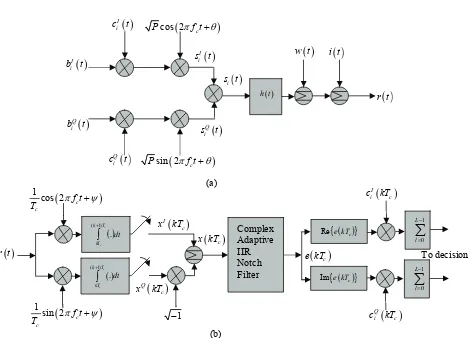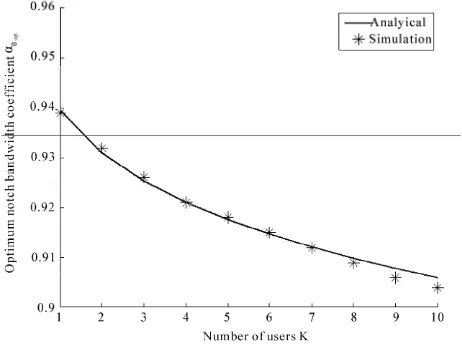QPSK DS CDMA System over Rayleigh Channel with a Randomly Varying Frequency Narrow Band Interference: Frequency Tracking Analysis
Full text
Figure



Related documents
In this work, mean fiber orientation angle and fabric weight measurements were used for prediction of bending and tensile properties of needle- punched
In the Malay culture in the East Coast, boats are used in daily activities; hence, their communities have produced various types of boats that can be customized to
The proposed printed dipole has a simple structure and mainly consists of back to back asymmetric dual-C-shape uniform strips (including a radiating strip and a ground strip), and
To avoid a twist of the polarization plane of a linearly polarized mode, like HE 11 , a combination of two broad- band polarizer is used.. A cross polarization of X pol ≤ − 20 dB can
The world scenario indicates that there is an increasing interest in quality assurance in higher education and is the main concern in policy framing which has been made
Important statistics like V/J usage, top 10 clone frequencies, CDR3 segmental frequency statis- tics (split into four segments after frequency sorted: top100, 100-1E3, 1E3-1E4,.
In supervised learning there are algorithms to build data using mathematical model which consists input and output.. The known data is called training data which
captw'e complementary and unique ins ig ht regarding a manufacturing finn 's activity. The finding s indica t e th at CFFOS , CFFOTA, CFFOTD, CFFOACD and CFFODTD